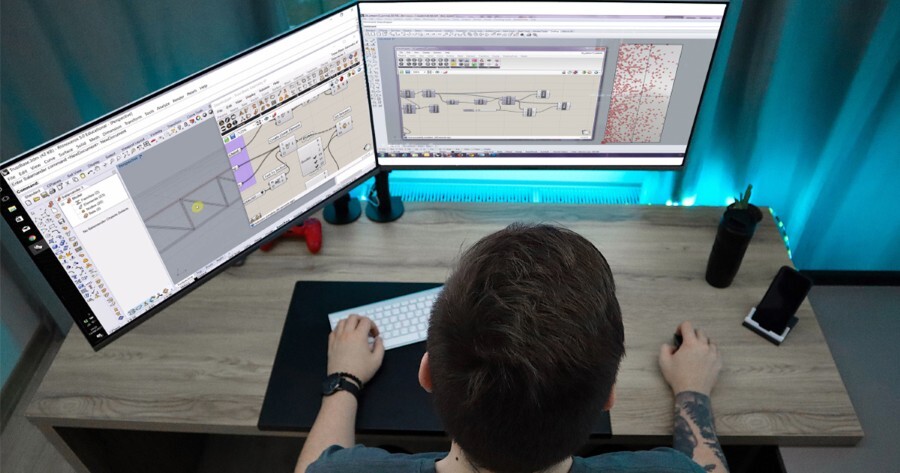Benefits of emerging Computational design developments in the AEC industry

Table of Contents
The uptake and use of computational design tools are emerging and considerably impacting the Architecture, Engineering, and Construction industry’s landscape. The extent to which AEC professionals are implementing BIM technology into a building’s design and construction are pushing boundaries. It also has brought with it an opportunity for architects and designers to experiment with more creative liberties. It has simplified the way we perceive design and introduced virtual reality, augmented reality, holographic visualizations, machine learning, artificial intelligence, etc.
In this blog, we would be exploring computational design as a growing phenomenon in the AEC industry.
What is Computational Design?
Working in the AEC industry, one is required to manage multiple projects simultaneously while at the same time meeting the project's requirements as well as its clients. Computational Design is a means to address all these challenges. It is an iterative process in which the user generates the design, interaction parameters, and major mechanisms.
The word computational stands for "the process of calculating a response using a computer" while design equates to "making or drawing plans for something”. Computational Design is a design method that uses advanced computing knowledge through the application of algorithms and parameters, improves workflow automation, and generates rapid feedback, bringing efficiency to the overall project’s design process. In earlier times, design iteration was based on intuition and perception. This method would limit the number of design options that one could generate in a particular time frame and with limited resources. But designers can now simply break down their design process into quantifiable phrases and incorporate them into the computational design, which also enables users to identify trends that establish the foundation for algorithms to address design difficulties. Integration of computational design tools has also helped AEC professionals to improve architectural designs and subsequently, building performance.
Want to understand it in detail? Here is our guide which will make it simple for you.

Computational design tools used in the AEC industry
Computational design gives its users an advantage in working with software without requiring in-depth knowledge of coding. Computer design tools use visual programming languages that assist users in visualizing and creating graphical presentations, flowcharts, and conceptual diagrams of the design process. The two major plugins are Dynamo, which supports Revit, and Grasshopper, which supports Tekla, Quadri, and Rhino.
Parametric design, generative design, and algorithmic design are three subsets of computational design.
Parametric Design
Parametric design is an interactive design process that includes a set of parameters and constraints for monitoring a design model. In this, a designer would only update a parameter, and the algorithms would do all related updates. It is ideally suited for designing complex and unusual architectural geometries.
Generative Design
Generative design is an iterative design process composed of user-defined inputs to produce multiple design concepts that meet specific objectives. It helps designers to reach for solutions that they have never imagined and that go beyond their normal thought process. Architects and designers thoroughly examine multiple design options to assess and select from the processed results.
Algorithmic Design
Algorithmic design uses a set of instructions or algorithms that determine the solution to a problem and produce architectural models. The algorithm design looks like a distinct line of code or connectors between the nodes. These codes may be linked to each building component generated.
One of the rapidly emerging trends in the AEC industry is the application of computational design tools in architecture designs.
Here are a few computational design trends generating impact:
Artificial Intelligence
Artificial intelligence proves very helpful in AEC companies. It helps AEC professionals design and plan quickly. AI assists in the modeling, prediction, and reduction of errors by identifying models. Powerfully computerizing the tasks, it helps in scheduling the work to avoid delays and other challenges, which is applicable to design projects as well as building materials. Reducing turnaround time allows work to be controlled and costs to be reduced on-site between suppliers and contractors. AI also enhances occupational safety through the use of cameras and sensors. AI has motorized surveillance to protect the safety of the building site. For example, they may evaluate site monitoring for any unusual activity and track stolen equipment, tools, and supplies. The integration of AI in future projects may help save time and money, improve construction operations, and transform construction business models, avoiding costly blunders.

Automation
The construction industry is currently experiencing another severe labor shortage after more than ten years of recovery following the Great Recession. Approximately 430,000 construction workers are presently needed in the US, and project teams have only been able to replace 67% of the jobs lost during the pandemic.
Issues such as labor shortages and unskilled labor having an inadequate understanding of machines and materials have led to projects incurring great losses. With the help of automation, businesses in this sector will be in a better position to resolve such challenges. The automation process also decreases the initial cost of onboarding by streamlining the process and facilitating transparency.
With this technology, the use of drones, automated devices, and robotics labor is also increasing in demand. Drones help inspect the site and capture aerial documentation of projects under construction and provide a comprehensive view.
Want to understand in detail, Here is our guide which will make it simple for you.
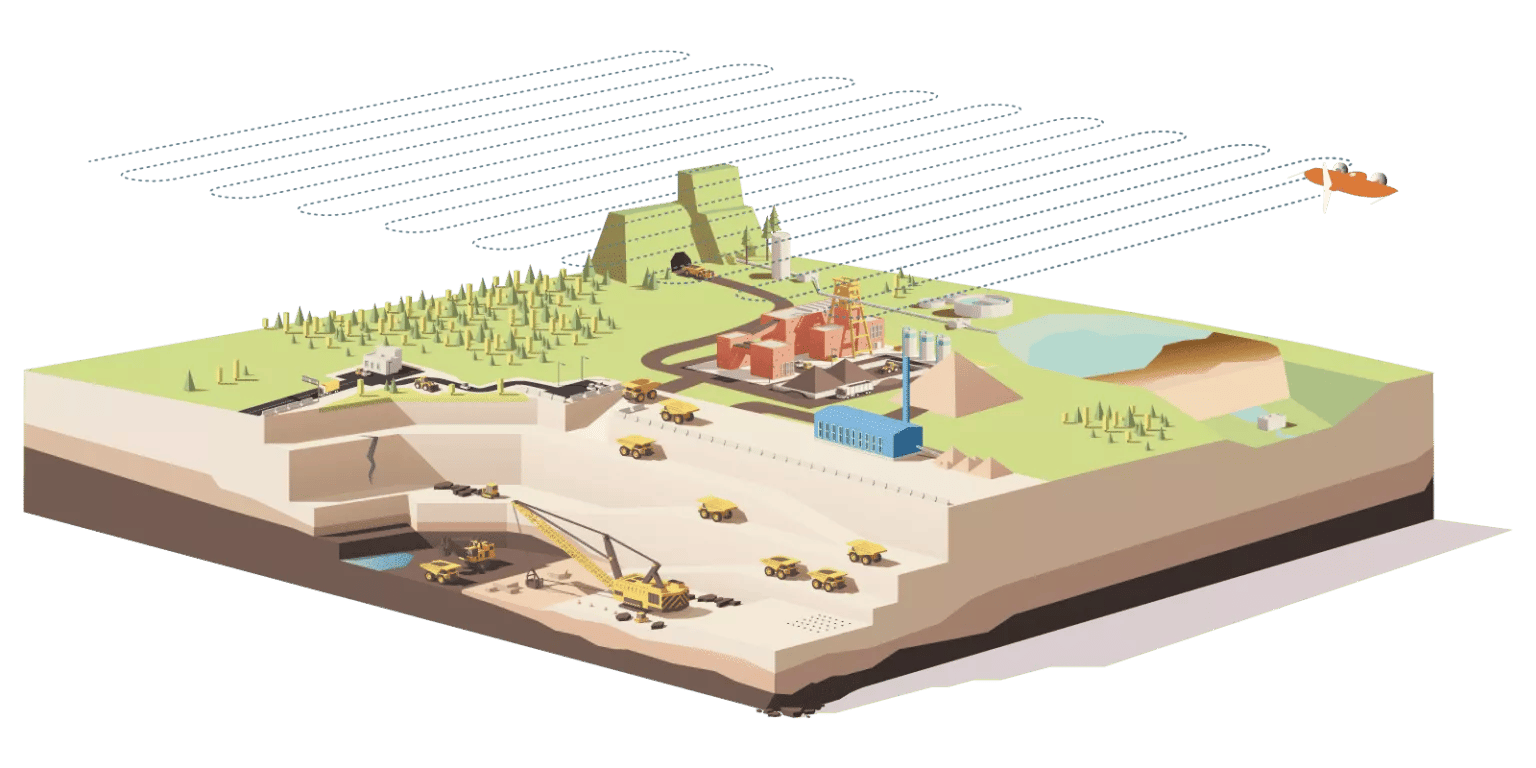
IoT & Big Data
The IoT or Internet of Things is an emerging concept in the AEC industry, affecting everything, from design to manufacturing to building and managing facilities. It is a smart labeling system that has already had a major impact on residential building designs, thanks to smart home automation. It has also found reliance as an essential component in enabling Smart Cities around the world. Assessing these successes, there is a rapid implementation in the commercial and industrial sectors as well. IoT builds on BIM by adding a component- the Internet, extranet, or a similar data-exchanging network, as a means to make smart building designs even smarter.
The IoT, due to its minimal-powered networks and affordable sensors, is assisting in containing the cost of smart buildings. It makes use of on-premises gateways, cloud analytics, and inexpensive wireless sensors. With instrumentation, there is no need to adapt existing equipment because a network of independent actuators and sensors, such as temperature and lighting, are installed throughout the building.
Below are helpful examples of some significant initiatives by different cities incorporating IoT in their urban fabric:
- Midtown in Motion, a congestion control system operated by the City of New York's Department of Transportation, has reduced travel times on Midtown avenues by 10%.
- Amsterdam is a great example of a smart city that is reaping the benefits of starting the data vault. The Smart City intervention began in 2009, with over 170 projects included. It also distributes transportation and traffic data to interested parties, such as development companies, who use it to create mapping apps that are linked to the city's transportation systems.

- Copenhagen is recognized as one of the world's smartest cities, and it mobilizes expertise worldwide. The city is collaborating with the prestigious Massachusetts Institute of Technology (MIT) to create a creative intelligent bike system using open data. Information is shared to track and control air pollutants and traffic congestion and is incorporated with detectors that would provide real-time information both to riders and administrators.
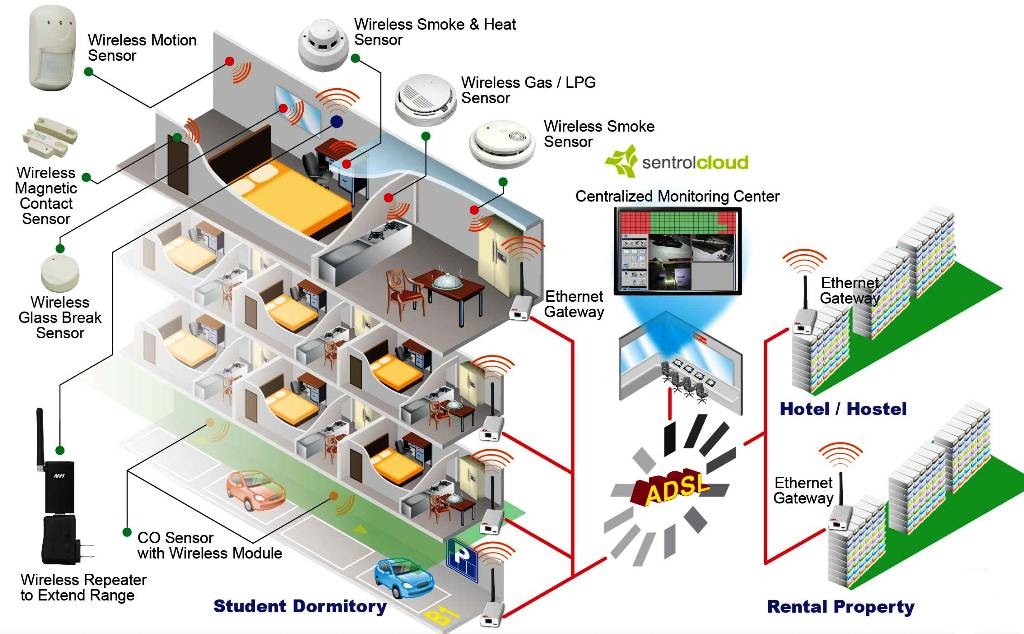
Data Science
Leading AEC businesses and their project supervisors have understood how important it is to collect data remotely from job sites as a result of COVID-19. Data science is needed to solve these issues and make building easier at all of its levels. Value of data science is used by construction companies to manage and enhance construction sites.
It is used in the construction industry to control the construction process and modernize construction sites and sectors. Insufficient planning, cost management with low returns, inappropriate resource use, insufficient funding, budgeting, etc. have already been problems for the building industry. In order to address these pressing problems and create a productive ecosystem for the building industry, data science is urgently required.
It will be able to keep track of every aspect and make educated data-driven choices for projects and growth that will be strong and beneficial for the industry with the help of experienced data scientists.
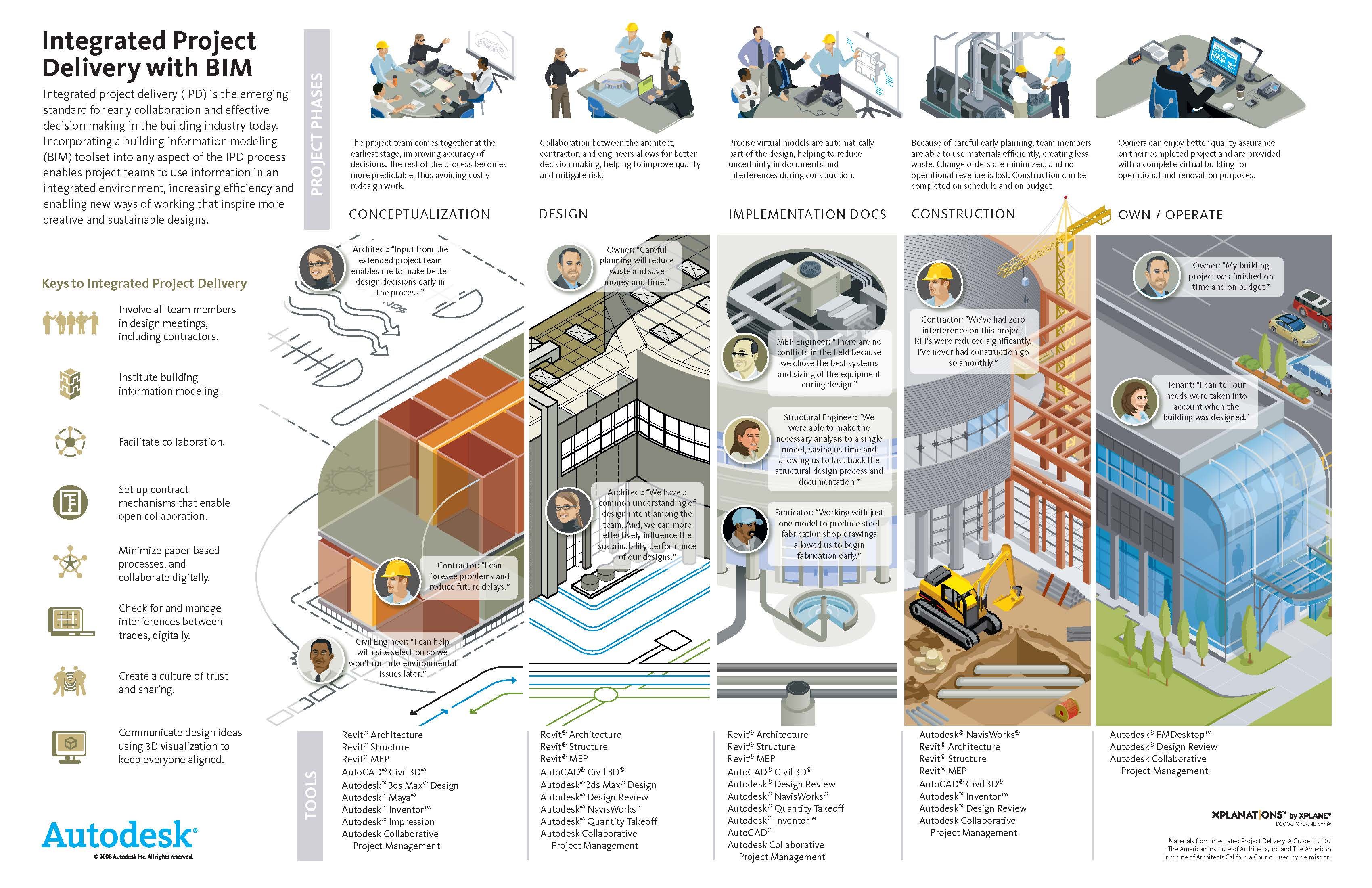
Machine Learning
Recent technology integration in the AEC industry has seen machine learning being used in a variety of different verticals..Machine Learning offers clash detection, cost estimation, converting 3d scan point cloud to BIM, digital fabrication, scheduling, etc.
It can check the behavior of simulations with as accurate data as a simulation would be able to provide. Machine learning can gather and then use data from documents as well as other sources such as work orders. It is capable of assessing site circumstances as they occur. The machine handles time-consuming and tedious tasks so that individuals can concentrate on other things. It is incorporated into the operations and maintenance BIM model and can determine the most effective approach to repairs and maintenance by forecasting when and where problems will arise.
Want to understand in detail, Here is our guide which will make it simple for you.
Conclusion
One significant influence in AEC is computational design. It continues to be a more efficient technique to enhance the building process, even though many professionals in the field have yet to recognize its advantages. Architects, engineers, and other construction industry experts should jump on board without delay. They should be receptive to understanding and exploiting the various components of computational design on the projects.
While computational design tools are relatively easy to use through visual programming, implementing them within the industry on a large scale would be no small feat. As a result, designers, engineers, and contractors should be introduced to and intrigued by its effectiveness and then lead the way to recommend its use, one project at a time.
Interested in learning more about Computational Design? Here’s something you should look into:
Novatr provides you with a Master’s Computational Design Course. This course will teach you how to use computation in various design fields, as well as how to master advanced tools and industry workflows to build a solid foundation in computational design. You can learn skills in high-performance building analysis or computational BIM through a live industry project and graduate with a professional certification, impressive additions to your assets, and a world of possibilities for a career.

 Thanks for connecting!
Thanks for connecting!
-1.png)
-1.png)
-3.png?width=767&height=168&name=MCD%20B%20(Course%20Banner)-3.png)
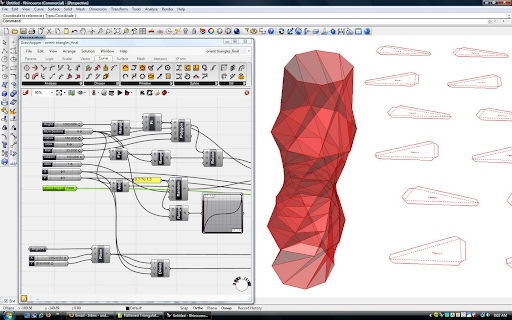


.png)





.jpg)

